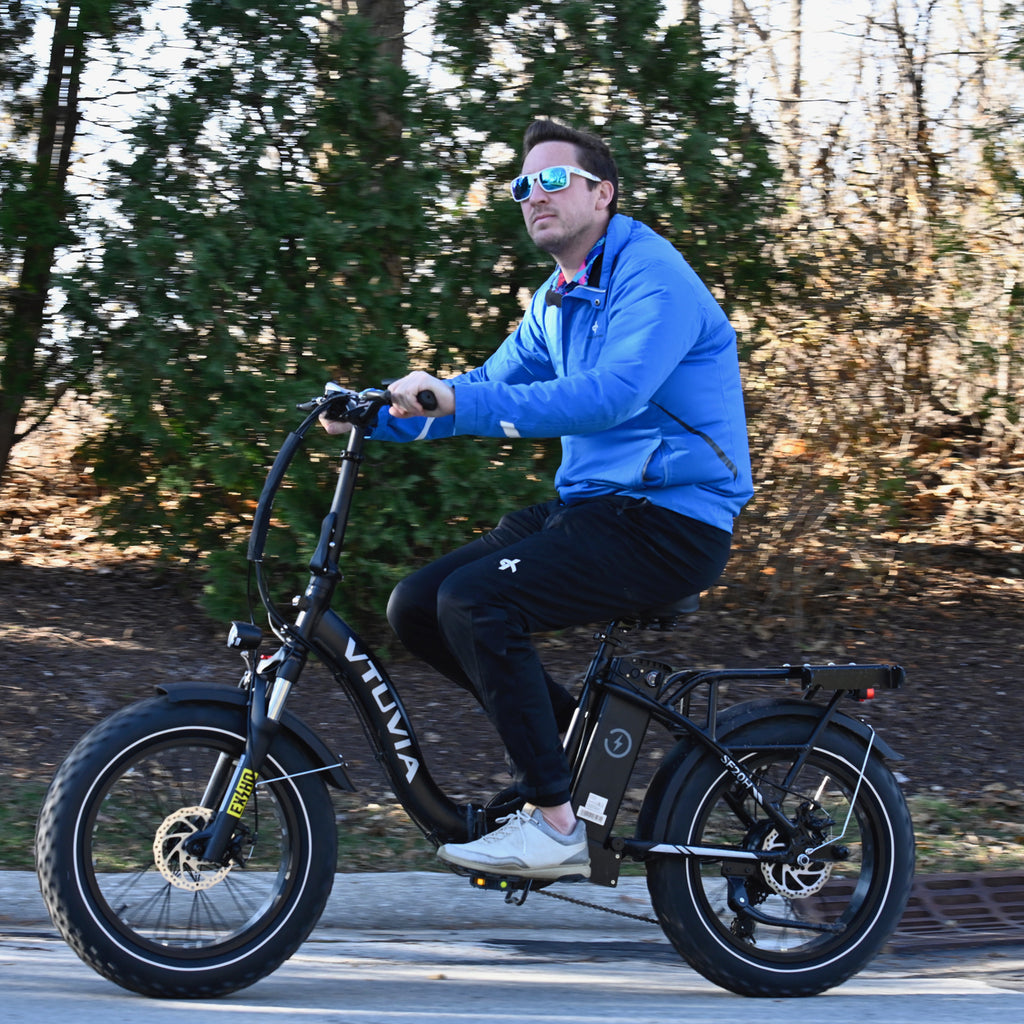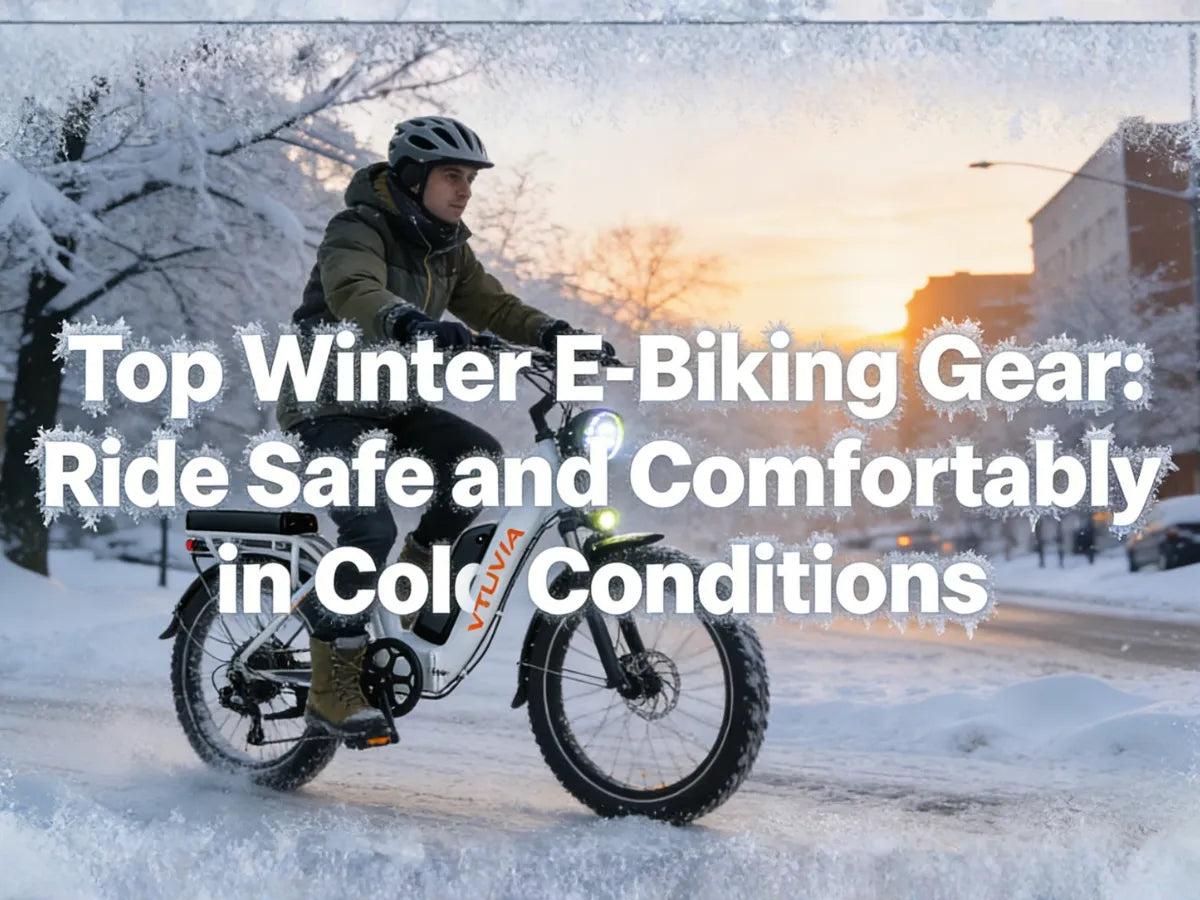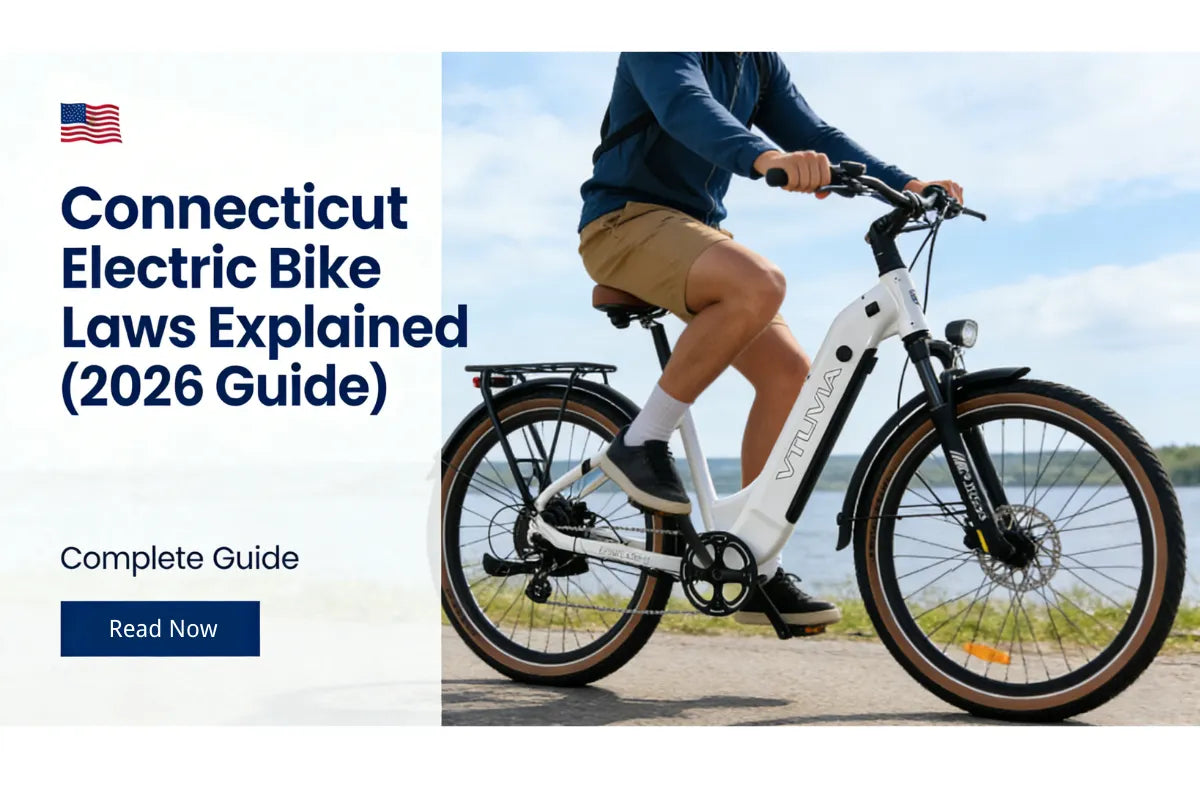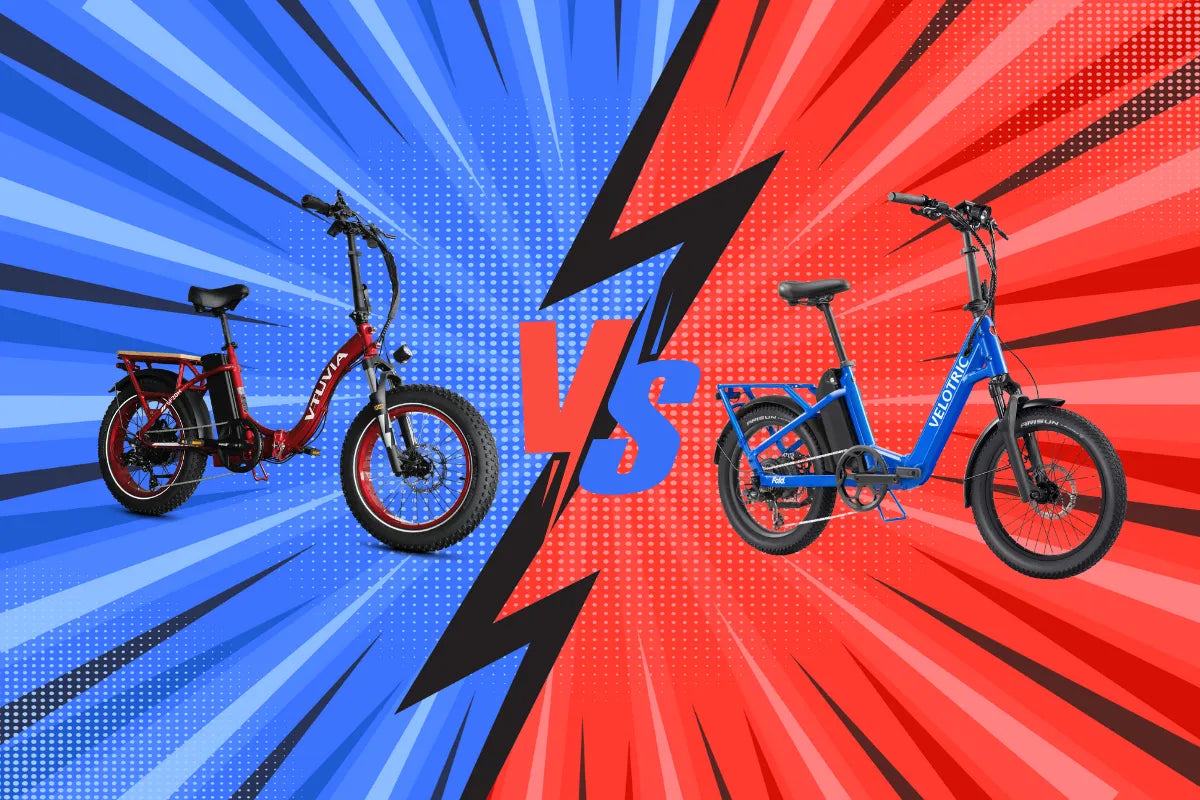Setting out on your winter ride can be a daunting proposition, so here are six things to make your maiden voyage a success.

Wear the right kit
One of the best cycling jerseys is ideal for your upper half, but hardly essential for your first rides. If you don’t have one, a close-fitting T-shirt is fine, or a heavier sweatshirt for cooler weather.
Just remember that you’ll be generating a lot of heat when you’re pedalling, so dress lighter than you would normally. A good rule of thumb is that if you feel slightly cold when you first step out of your front door, you should be comfortable once you get going.

Plan your route
As we’ve said, keep it short to begin with, and aim to ride on roads with no big hills and minimal traffic. If that’s not possible where you live, consider driving somewhere more suitable if that’s an option for you.
Prepare your bike
Your saddle should be at a height where you can pedal freely, and you should have just a slight bend in your knee when the pedal is at its lowest point. If you can place both feet flat on the ground while seated on the saddle, then it’s too low and you’ll hurt your knees.
Your tyres need to be properly pumped up, and this is best carried out with a track pump (also called a floor pump) with a gauge. The correct pressure varies depending on your weight and the exact size of the tyres.
Lighter riders can go lower, heavier riders should go higher. As you gain experience, you may want to experiment with higher or lower pressures to fine-tune your ride. Try adjusting in increments of 5psi at a time.
Prepare yourself
Come the day, eat a carby but not overly heavy breakfast and give yourself a good hour and a half to digest it.
You likely won’t need to eat much on a ride this long, but it’s best to get in the habit of carrying a bit of food with you — so take a banana or a square of flapjack.
You should also put a bottle of water or energy drink in your bottle cage, and try to take a sip every 20 minutes or so, even if you don’t feel thirsty.
The content of the article is mostly excerpted from:
https://www.bikeradar.com/features/routes-and-rides/how-to-plan-your-first-road-bike-ride/





Share:
Guides to Electric Bike Maintenance
How to Ride an Electric Bike: A Complete Guide for Beginners